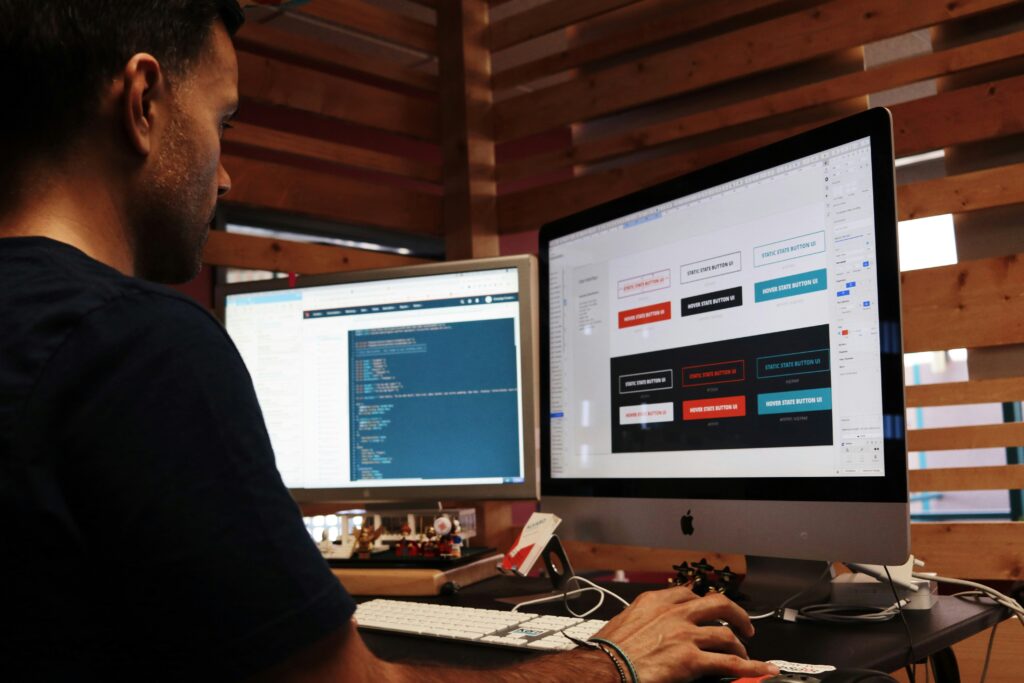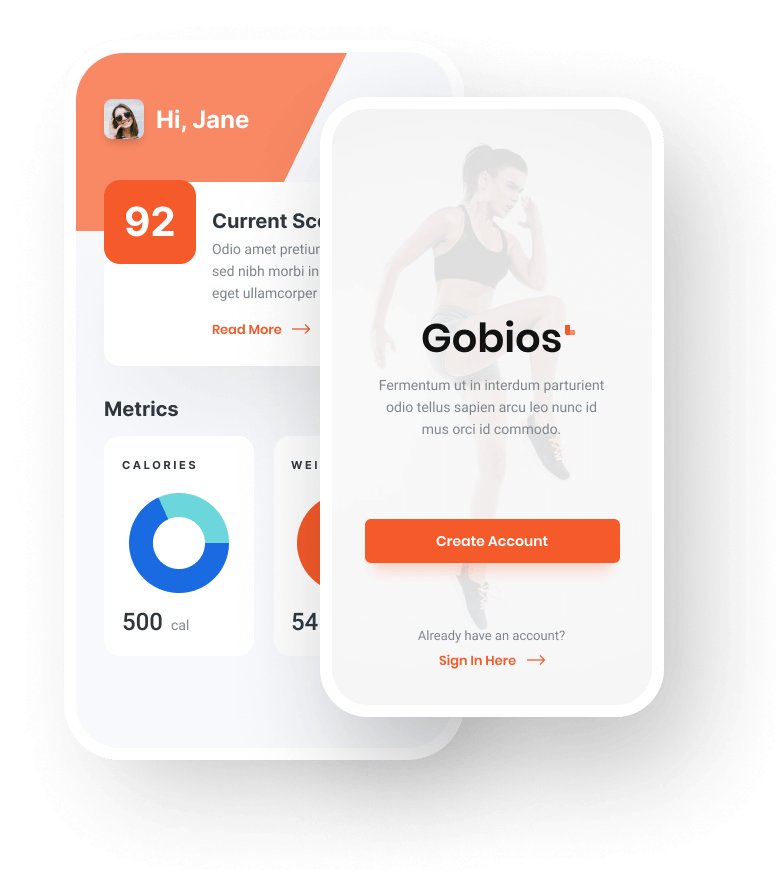In recent years, the integration of Artificial Intelligence (AI) into various industries has transformed traditional processes, and web design and development are no exceptions. AI-powered tools are now revolutionizing the way websites are created, optimized, and maintained, offering numerous advantages to both developers and users.
AI-Driven Design Automation
AI tools are transforming the design process by automating many tasks that once required manual effort. With AI-driven platforms like Wix ADI and The Grid, web designers can now generate sophisticated layouts and design elements in a matter of minutes. These tools use machine learning to analyze content, images, and user preferences, resulting in a more personalized design. This not only speeds up the design process but also enables designers to focus on more creative and strategic tasks.
At DigitalNordic, we understand how crucial it is to stay ahead with technology. We leverage AI-powered design tools to ensure that every project aligns with current design trends and is optimized for user experience.
Personalized User Experiences
AI’s ability to gather and analyze user data has led to more personalized web experiences. By tracking user behaviors, AI can suggest personalized content, optimize website layouts, and even provide real-time adjustments based on user interactions. This makes websites more dynamic, improving engagement and conversion rates.
For businesses looking to enhance user satisfaction, AI tools like chatbots and recommendation engines can offer tailored experiences, guiding users through their journey. With DigitalNordic, we integrate these advanced features into websites to improve the overall customer experience and increase retention.
Improved Web Development Efficiency
On the development side, AI tools are streamlining the coding process. AI-powered code generators like GitHub Copilot can assist developers by suggesting code snippets, identifying errors, and even creating functions automatically. This speeds up the development process, reduces the likelihood of human error, and ensures the final product is robust and efficient.
At DigitalNOrdic, we use AI in our web development workflow to accelerate project timelines while maintaining high standards of quality.
Automating SEO and Content Creation
AI is also playing a significant role in SEO (Search Engine Optimization) and content creation. Tools like Jasper and Copy.ai can generate SEO-optimized content, helping businesses increase their online visibility. These AI tools analyze search trends, keywords, and competitor data to create high-quality, relevant content that ranks well on search engines.
For websites focused on growth, AI tools can analyze vast amounts of data to identify the most effective keywords and strategies for driving traffic. At DigitalNordic, we implement AI-driven SEO strategies to ensure our clients’ websites rank higher and attract the right audience.
Conclusion
AI-powered tools are reshaping web design and development, making it easier to create visually appealing, functional, and personalized websites. From automated design processes to AI-driven SEO strategies, these tools are enhancing the way websites are built and maintained. At DigitalNordic, we embrace AI technology to deliver innovative web solutions that meet the needs of modern businesses.
By incorporating AI into our workflow, we ensure that our clients stay ahead of the curve in this fast-evolving digital landscape.


